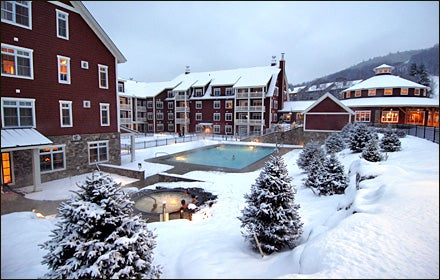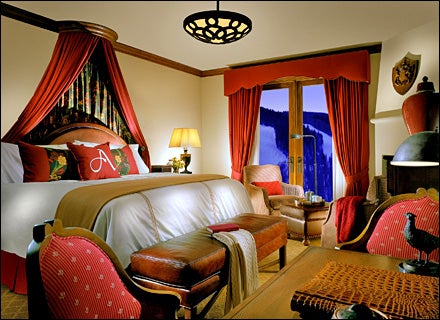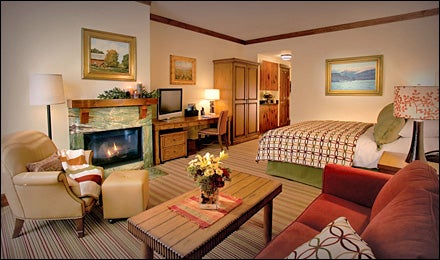In the Store: Know where, what, and how you’re skiing, and make sure the shop guy knows. And don’t be swayed by brand name or graphics. If possible, demo a few different pairs and go with whatever works.
Guys: Don’t lie about your ability. If you’re an intermediate skier, buy intermediate-level skis.
In the Field: Most people, especially Western skiers, don’t get their skis tuned and waxed as often as they should. Every 12 ski days or so, get your skis tuned by a good shop. Or buy Staying in Tune ($13.50; ), by Jim Mutch, and learn to maintain your boards yourself.
At Home: Treat your skis right in transit: Get a large, rolling (and padded) ski bag like Dakine’s Fall Line Double.
If possible, carry your boots—if the airline loses your luggage, you can rent good skis, but it’s nearly impossible to rent good boots.
When the season ends, wax your boards and undo the DIN pressure on your bindings so the spring doesn’t wear out.
Snowboards

In the Store: Park? Pipe? All-mountain? Powder? Directional or twin? If you can have only one board, make sure it’s right for the way you ride and the terrain you frequent most—not the terrain you see once a season. If you’re unsure, try a few different types of boards before buying.
In the Field: Keep a tool kit (like the Dakine Mini Tune, $25; ) handy for on-mountain binding adjustments, a quick wax rubdown after lunch, and occasional detuning for park runs.
Check regularly for burrs on the board’s edges and use an edge tuner to file any down. Even the new base materials need regular waxing. It’s best to apply temperature-appropriate wax, but if in doubt, an all-temperature wax like Hillbilly’s Coffin Polish Wax ($18; ) will suffice.
At Home: Before storing it for the off-season, wax your board and scrape it while it’s still hot. Then apply hot wax again.
Store your board in a cool place out of direct sunlight to prevent the base from drying out.
Backcountry Skis

In the Store: The main difference between alpine skis and backcountry skis is weight: The latter are often built without any metal in the topsheet. A few major companies still market some skis as “telemark” and others as “alpine touring,” but we don’t believe in segregation: Buy the boards you like best. And you can put alpine-touring or telemark bindings on alpine skis—just be aware that they might be much heavier.
In the Field: Make sure you’ve got the right safety gear and knowledge. Sign up for a Level I certification with the National Avalanche Foundation ().
Telemark skiers: If you’re heading out-of-bounds, remove your leashes—in an avalanche, attached skis can drag you down or hang you up. Coming soon: Rottefella’s releasable bindings.
At Home: If your skins are losing their stick, run a hot iron over a paper bag to remove the glue, then reapply. We like BD’s iron-on Glue Renew Transfer ($25; ).
Trail Runners

In the Store: Try on shoes at the end of the day, when your feet are slightly swollen, as they will be when you run. And always test fit with the socks you wear running.
If you’re planning to run technical mountain trails, get a shoe with a wide toe box. The extra space offers some protection against unavoidable toe stubbing and provides room for the inevitable foot swelling that occurs over long distances at high altitudes.
In the Field: Hot spots during break-in? Use a small piece of duct tape on the inside of the shoe to reduce friction.
Need temporary winter traction? Twist eighth-inch sheet-metal screws into the outer edges of the outsole of each shoe. The hexagonal heads of the screws (#4 or #6 diameters work best) offer multidirectional grip on ice, hardpacked snow, and frozen dirt.
At Home: Store your shoes indoors at room temperature. Running shoes left on the cold porch in winter will be rigid when you put them on, increasing the chance of blisters.